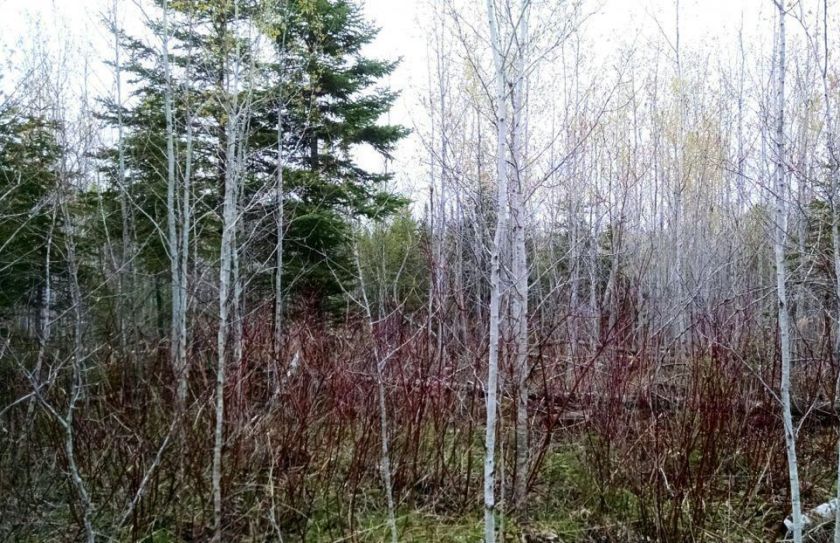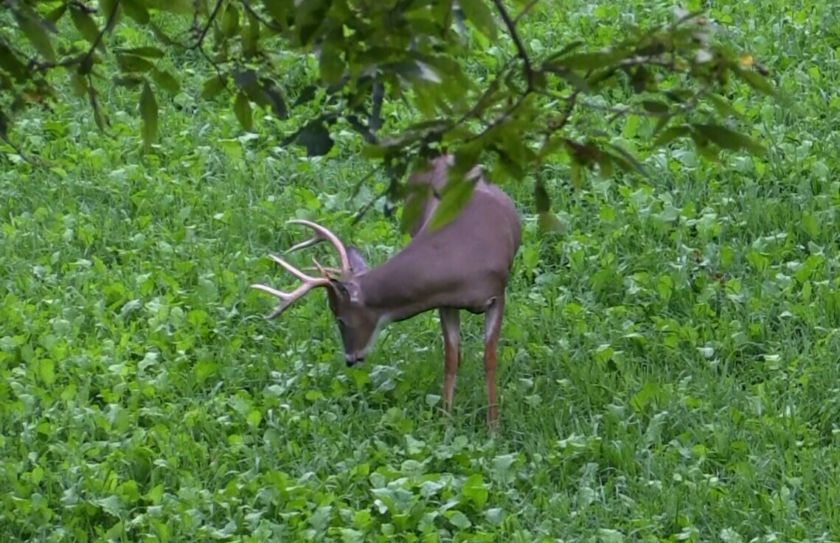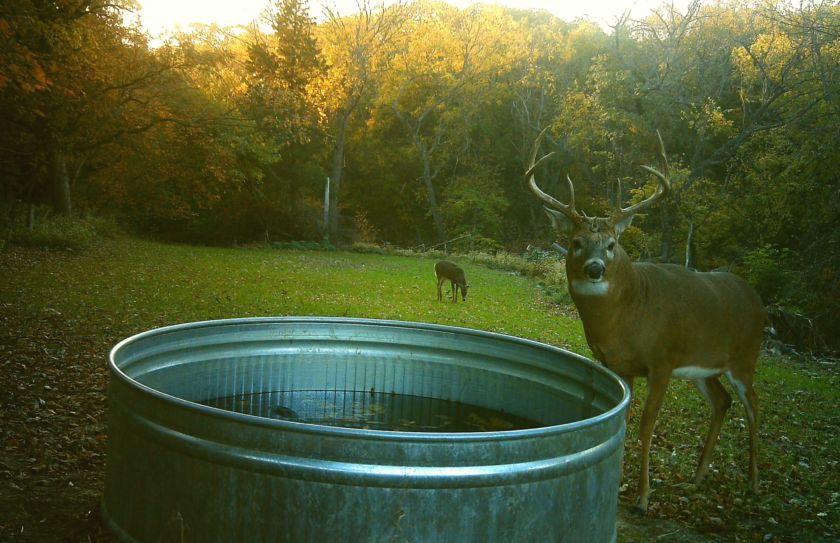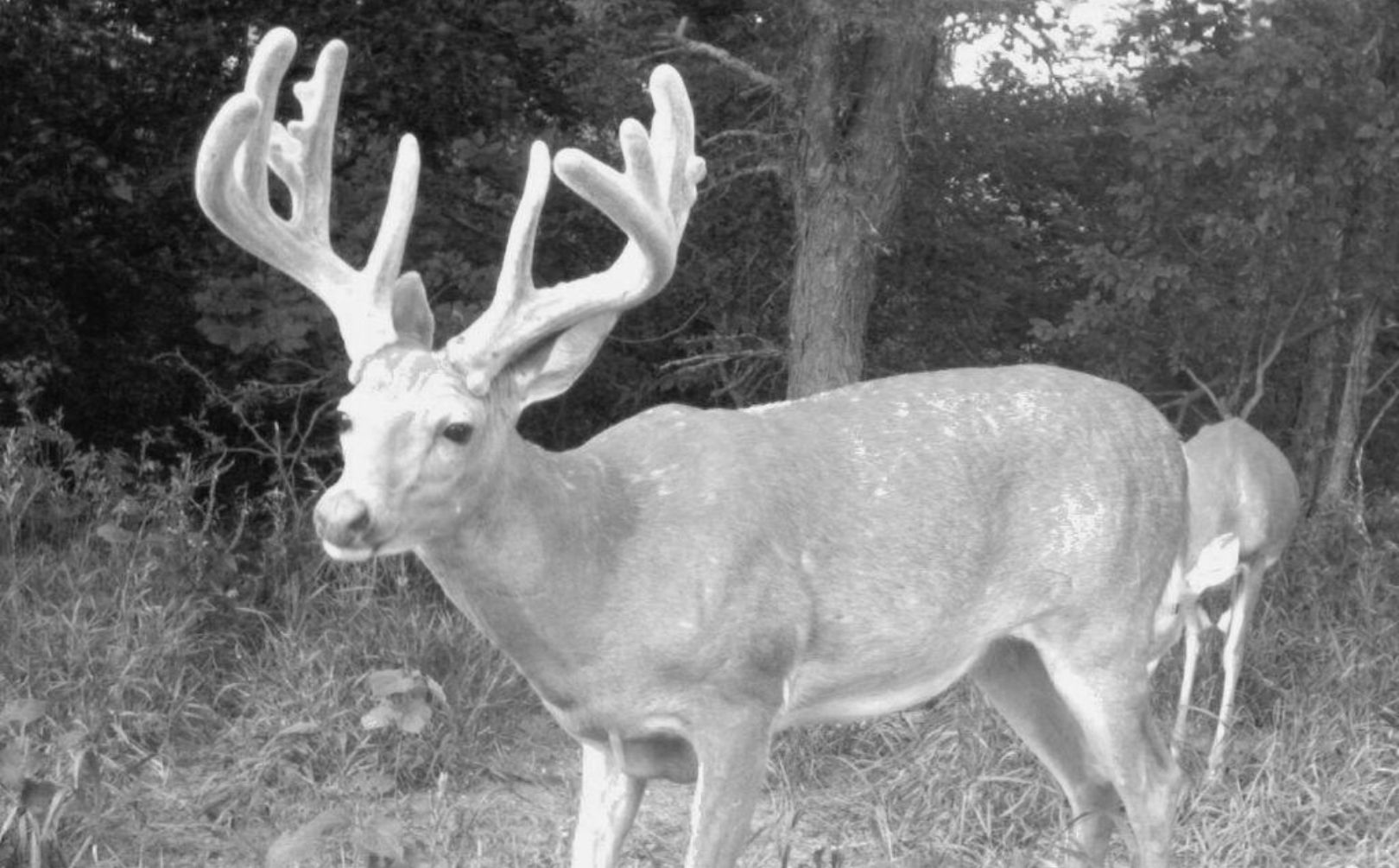
Do you have enough deer browse to house deer during the daytime hours? Deer are rhythmic pattern feeders and what that means is that deer browse and feed 5 times during a 24 hour period. How does that effect your habitat and hunting efforts?

*This critical deer habitat strategy, as well as most any other whitetail related tactic, is covered in my recently completely trilogy of Advanced Whitetail Strategy books, including the recently published"Mature Buck Success by Design", which details how to scout, prepare, forecast for and consistently kill mature bucks.
A rhythmic pattern feeding cycle dictates that deer highly prefer to feed on browse at least twice per day during the daylight hours, during the hunting season. In my experience this cycle of feeding reflects a pretty poor value for some of the most widely used bedding habitats for deer.
In the video below, you'll learn some great techniques for creating a hinge cut bedding area that offers adequate daytime browse for whitetails.
Does your bedding cover equal enough deer browse?
Some of the most popular and widely used forms of deer bedding cover provide zero daytime deer browse, including:
1. Native Grass Blends, including switchgrass
2. Conifer Plantings, including Norway Spruce, White Spruce and various pines
If you are relying on the mono cultures of grass or conifer for the majority of the bedding habitat on your land, there are many cases where you will actually repel more deer than you attract. I have even experienced cases where landowners removed good bedding cover to install "great" bedding cover including switchgrass. What happened? The entire small herd of deer that originally related to the bedding cover including a mixed bag of various grasses, red osier dogwood, small pockets of young aspen and conifer; completely relocated to the neighbors land across the road.
Daytime Deer Browse Balance
There are some cases where a pure native grass mix or even a mono-culture of switchgrass can be highly attractive during the hunting season. When the % of agricultural land greatly exceeds the % of available cover, switchgrass may offer an attractive bedding choice for daytime bedding, even when daytime deer browse is lacking. Simply deer are forced to bed in the location because they have no other choice. However, when those same plantings are created in high cover % areas, they will often be completely avoided.
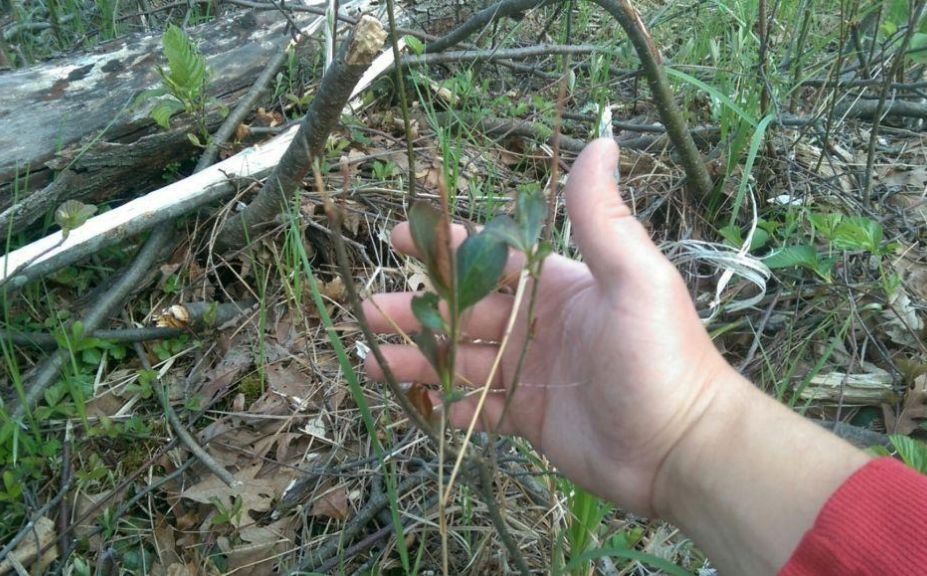
*ReadNatural Browse Plot Creationsto learn how to create native deer browse offerings for deer.
Deer want to feed on browse twice during the daytime hours. However deer don't have to feed twice per day to survive, and they can be forced to bed within habitats that lack an adequate source of daytime deer browse. Even though this may be the case, the locations where deer will choose daytime bedding cover that lacks any form of deer browse, are extremely limited. Some examples of locations that come to mind would include the "flat" ag regions of southern MI, northern OH, and portions of IN, IL southern WI and Iowa. But even in these locations, there are much better options for you to use within a more strategic habitat plan!
Deer Browse and Deer Bedding Combinations
There are many ways to enhance existing cover options to adequately capture adequate levels of daytime deer browse and bedding opportunity.
1. Switchgrass and other native grass plantings can be pocketed and mazed with a heavy disc or herbicides to create native regeneration pockets, as well as "planting pockets" for you to install various woody browse species including shrubs, hardwoods and even briars. The greater the diversity within the pockets, trails and openings, the more attractive the potential for daytime bedding opportunity.
2. Conifer plantings can also be pocketed and mazed by removing timber to create native regeneration and planting pockets.
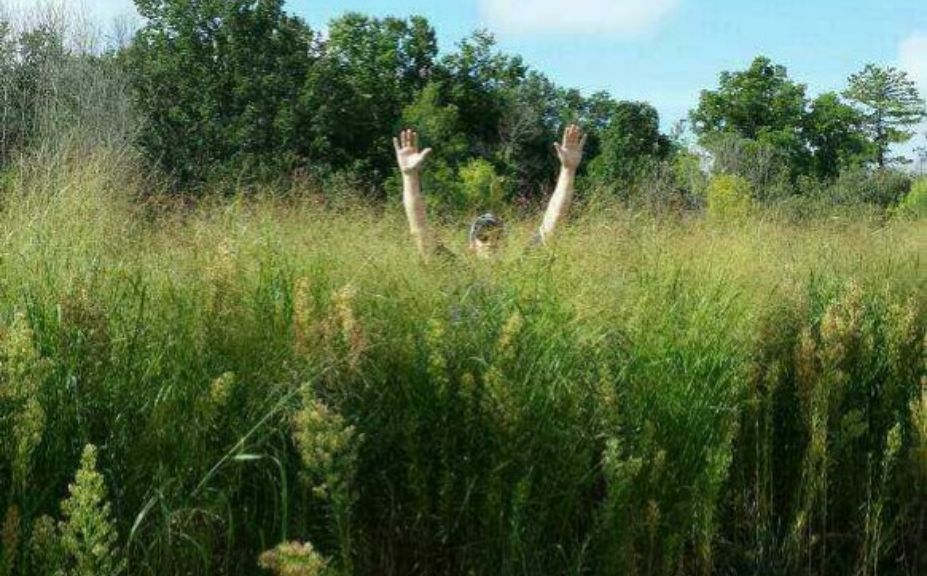
*Although native grasses can be a great ingredient for creating a high quality bedding area, they are a very poor choice alone. To make sure that you are offering the right balance of quality daytime food and native grass, take a look at "Switchgrass Plantings For Deer Bedding".
Do you see a common theme? Deer love to be able to move, maze and travel within their bedding areas to be able to find adequate sources of daytime deer browse; all while never having to leave their preferred daytime deer bedding cover. Although hardwood cuttings will provide a much higher level of deer browse, the concept is still the same! Deer need to be able to "maze and pocket" within hardwood cuttings with zero dead ends of movement, for adequate daytime browse and bedding opportunity.
Adequate Deer Browse is Best
Again, deer feed 5 times during a 24 hour period. And like us, their largest feeding time is typically during their evening feeding period. When deer leave their daytime bedding cover during the afternoon hours, they will travel directly to their evening food sources. This feeding time dictates the entire cycle! If there is a full moon, cold temps, calm conditions or even all 3 of those combined, the evening "dinnertime" feeding period will be heavy, social and extended. How does this effect you? It means that when deer are located in high quality food sources all night, they need to feed very little during the early morning feeding time. When this happens, expect deer to be in their bedding areas well before daylight, which actually places a higher premium on the next feeding opportunity within the cycle, which would be late morning.
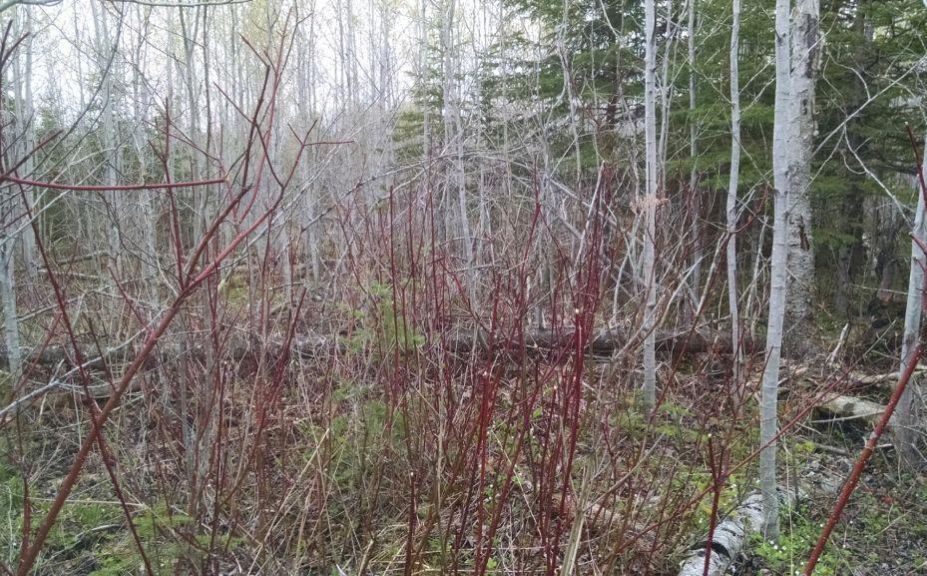
Adequate daytime deer browse is best because your goal should be to find a balance between enough daytime browse, and too much daytime browse. Offering apple trees, white oaks and high quality clover and alfalfa plantings within traditional daytime bedding habitats, can greatly reduce the need for deer to predictably travel to their evening preferred food source. When you lose definition of deer travel, you lose opportunity for the definition of hunting and herd management success. That's why I love to focus on natural daytime deer browse opportunities within daytime bedding cover. In a perfect setting, the daytime deer browse would feature a quality level of a 5 out of 10 (hardwood regen, various shrubs and briars), and the evening preferred food source would feature a 8-10, out of 10 (food plots, apple orchards, white oaks). Are traditional agricultural plantings of corn, hay, cereal grains and soybeans an 8-10 out of 10 when it comes to determining a value to the local deer herd? I haven't personally experienced that it is but instead, it offers opportunity for socialization and high volumes of food. Most ag fields can easily be outcompeted with the more preferred food sources of food plots mast producing plantings.
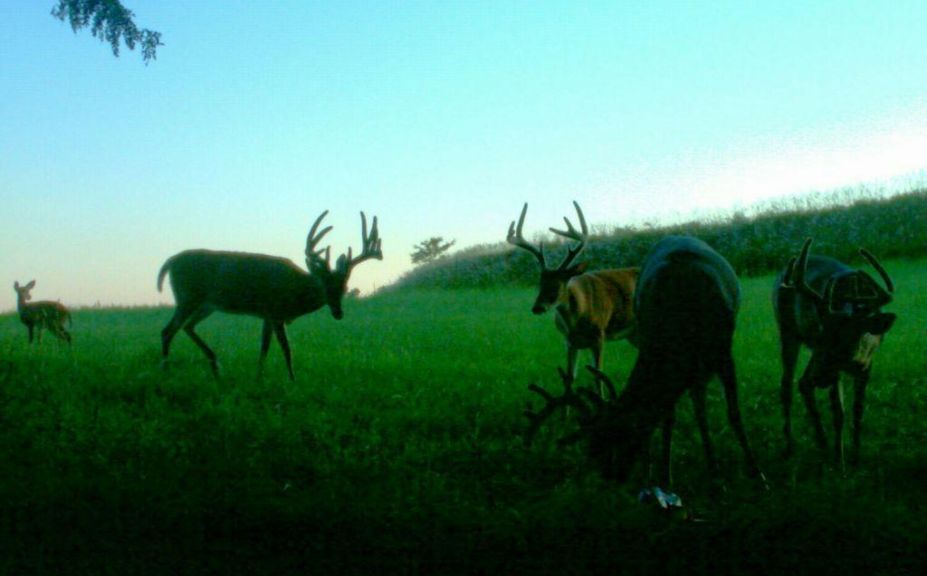
*Attracting bucks to your land, requires an accurate balance of both food and cover. To make sure that you have found that balance on the land that you hunt, try reading "Attracting a Buck Herd To Your Habitat".
Conclusion
It is critical that you have enough deer browse on your land, to be able to fill your intended areas to be used for daytime bedding opportunity. If your land contains mono-culture grass or conifer habitats, you can easily manipulate those areas to offer quality daytime food sources within those bedding areas. The entire pattern of daily deer feedings is important to recognize for why deer move when they do, and move to specific locations for their evening food sources as well. The rhythmic feeding cycle is also important to recognize for weather related rutting movements as well, which can be read in the article titled Whitetail Rut Weather Guide.
